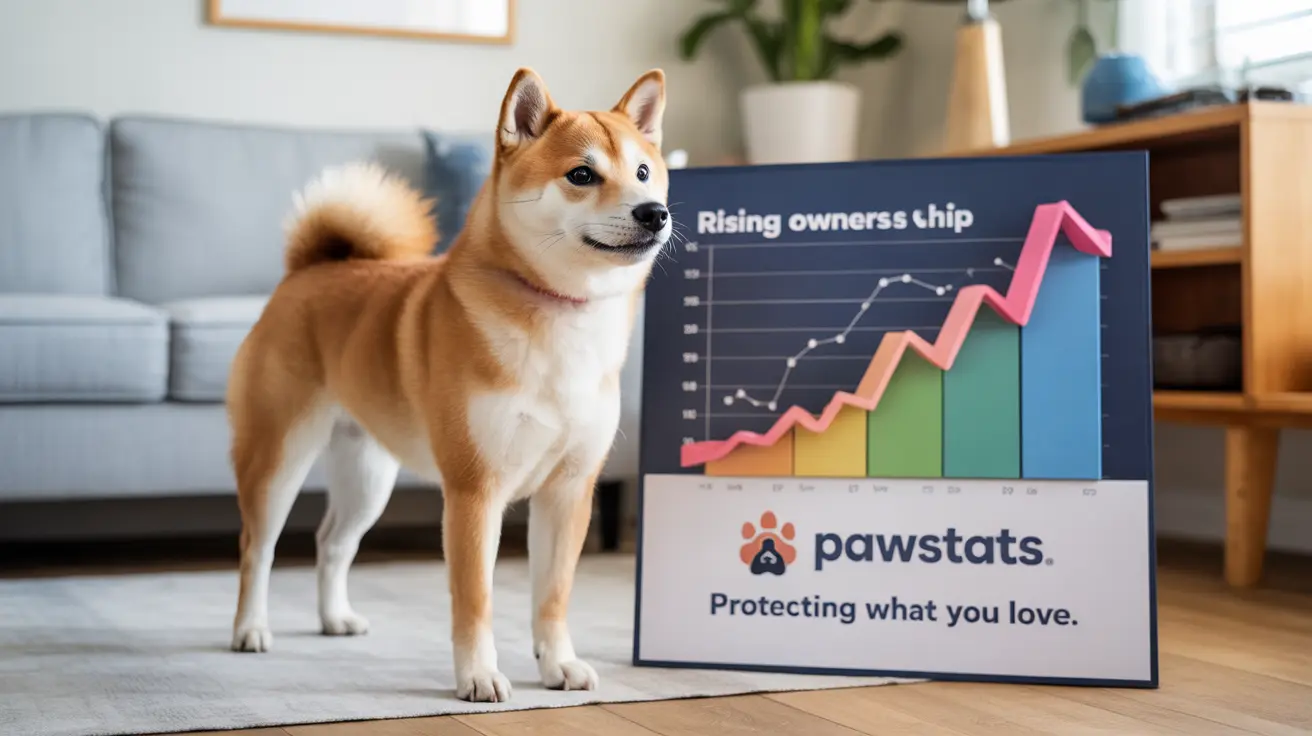The eternal debate between cat and dog popularity continues to captivate pet lovers across America. With pet ownership reaching unprecedented levels, understanding which companion animal truly holds the crown for popularity has become more complex than ever before.
Recent statistics paint a fascinating picture of pet ownership in the United States, revealing nuanced trends that go beyond simple numbers. Let's explore the comprehensive data that shows how these beloved pets stack up in American households.
Understanding Pet Ownership Trends
As of 2025, an impressive 94 million US households include at least one pet, marking a significant increase from 82 million just two years prior. This surge represents more than just numbers – it reflects a fundamental shift in American lifestyle choices and family structures.
The COVID-19 pandemic catalyzed a remarkable boost in pet adoption, with effects continuing well beyond the initial lockdown period. Remote work arrangements have made pet ownership more feasible for many Americans, contributing to sustained growth in both cat and dog ownership.
Dogs vs. Cats: The Numbers Tell the Story
When it comes to household ownership, dogs clearly lead the pack. Approximately 68 million US households own dogs, compared to 49 million with cats. This translates to 44.5% of American homes having at least one dog, while 29% have cats.
However, the story becomes more interesting when considering total pet population. Despite fewer households owning cats, feline friends often come in pairs or groups, with cat-owning households averaging 1.8 cats compared to 1.5 dogs in dog-owning homes.
Generational Preferences and Patterns
Millennials dominate the pet ownership landscape, representing 30% of all pet owners. They're followed by Gen X and Baby Boomers at 25% each, while Gen Z accounts for 20%. Interestingly, Gen Z shows the highest tendency toward multi-pet households and is particularly influenced by social media trends in pet care.
Regional Variations and Economic Factors
Pet ownership patterns vary significantly by region, with certain cities showing distinct preferences and spending habits. Metropolitan areas like Seattle and San Francisco lead in pet-related expenditures, while southern cities typically show more moderate spending patterns.
The Impact of Pet Humanization
Modern pet ownership transcends basic care, with 51% of pet owners considering their animals equal family members. This trend is particularly strong among dog owners, who are 5% more likely than cat owners to view their pets as family.
Future Trends and Industry Growth
The pet care industry continues to evolve, with rising interest in premium products and specialized services. Pet insurance adoption is growing, with 5.7 million pets covered by 2023, indicating increasing awareness of long-term pet healthcare needs.
Frequently Asked Questions
Are dogs more popular than cats in U.S. households in 2025?
Yes, dogs are more popular in terms of household ownership, with 68 million households owning dogs compared to 49 million owning cats. However, the total population of cats may be similar or slightly higher due to multi-cat households.
Why do more U.S. households own dogs compared to cats, but cats have a higher total pet population?
This occurs because cat owners are more likely to have multiple cats (averaging 1.8 cats per household) compared to dog owners (averaging 1.5 dogs per household). This multiplier effect leads to a higher total cat population despite fewer cat-owning households.
How do generational differences affect the popularity of cats versus dogs in America?
Millennials lead in pet ownership at 30%, with different generations showing varying preferences. Gen Z shows the highest tendency for multi-pet households and is most likely to pamper their pets with extras like birthday celebrations and clothing.
What factors influence pet spending and ownership trends for dogs and cats in different U.S. regions?
Regional variations are influenced by urbanization, cost of living, and local culture. Cities like Seattle and San Francisco show higher pet-related spending, while Southern cities typically demonstrate more moderate expenditure patterns.
How did the COVID-19 pandemic impact the rise in dog and cat ownership in the United States?
The pandemic led to a significant surge in pet adoption, with one in five households adopting a new cat or dog between March 2020 and May 2021. This trend has largely sustained due to lasting lifestyle changes like increased remote work opportunities.
As we look to the future, both cats and dogs continue to hold special places in American hearts and homes. While dogs lead in household ownership, cats maintain their popularity through multi-pet households, demonstrating that there's plenty of room for both species in America's pet-loving culture.






